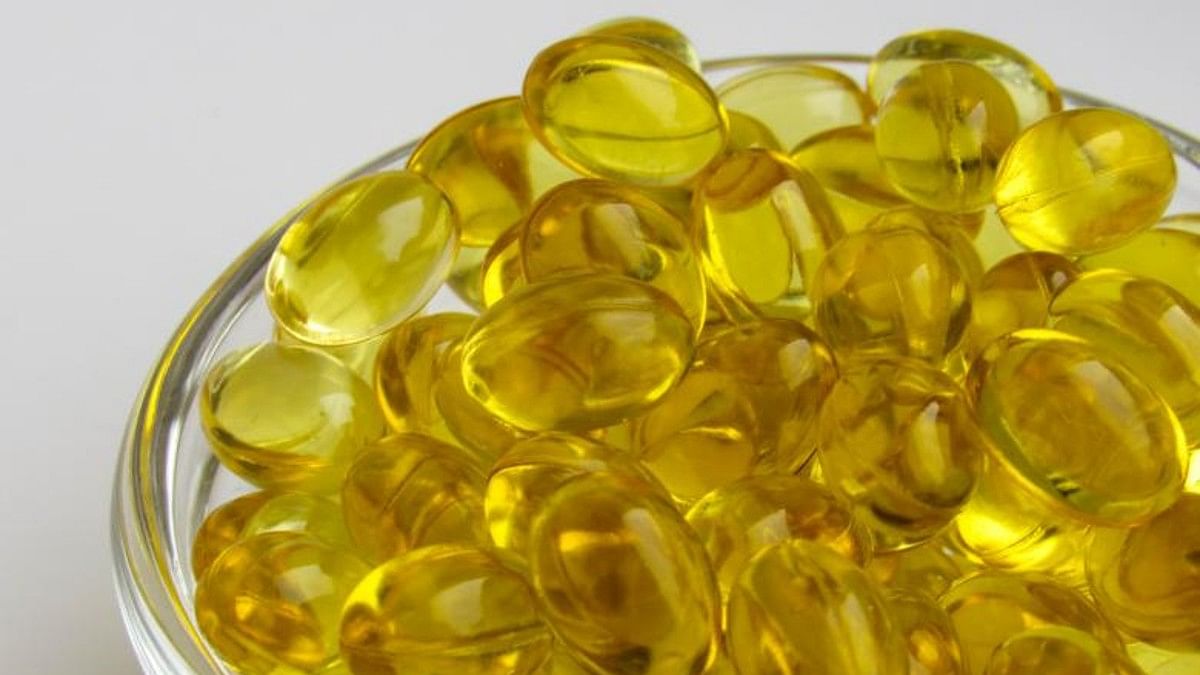New Delhi: The latest guidelines by the Endocrine Society released this week have advised against Vitamin D testing and supplementation for healthy adults till the age of 75 years, amid growing concerns about the abuse of the sunshine vitamin supplements and overdiagnosis of its deficiency.
The guidelines have called for limiting vitamin D supplementation beyond the daily recommended intake for specific risk groups — such as kids aged 1-18 years to prevent rickets and to potentially lower the risk of respiratory tract infections, and pregnant women to lower the risk of maternal and foetal complications.
In the US, the recommended daily intake of Vitamin D for all aged 1-70 years is 600 IU (international units), while for those above 70, the recommended daily intake of this crucial vitamin is 800 IU.
The guidelines, first presented at the Endocrine Society’s annual summit in the US on 3 June, recommend supplementation of 25-hydroxyvitamin D [25(OH)D] — the scientific name of Vitamin D — for adults older than 75 years to lower the risk of mortality and those with prediabetes to lower the risk of type 2 diabetes.
The US-headquartered Endocrine Society is the largest and oldest scientific network of hundreds of endocrinology-related investigators from around the world and regularly releases evidence-based recommendations regarding metabolism and endocrinology.
Vitamin D is a fat-soluble vitamin and is important for the growth and development of bones and improving resistance to certain diseases and facilitating absorption of calcium and phosphorus. The human body produces it naturally when it’s directly exposed to sunlight but it is also found in limited foods, such as oily fish, liver and egg yolk.
The latest advisory comes in the backdrop of various studies demonstrating associations between serum concentrations of Vitamin D and a variety of common disorders, including musculoskeletal, metabolic, cardiovascular, malignant, autoimmune, and infectious diseases.
“There is increasing epidemiologic evidence of association of low vitamin D status with many diseases. The guidelines, therefore, sought to review the literature to determine where there was clinical trial evidence for this,” Dr Marie B. Demay, professor of medicine at Harvard Medical School and lead author of the guidelines, told ThePrint over email.
The investigators found no clinical trial evidence to support routine screening for Vitamin D in the general population, nor in those with obesity or dark complexion, and there was no clear evidence defining its optimal target level for disease prevention in the populations considered.
“Thus, the panel suggests against routine Vitamin D testing in all populations considered,” the authors noted.
Also Read: Urban India has a huge Vitamin D deficiency problem as people hide from the sun
Intervention in specific sub-groups
The scientific panel has noted that due to the scarcity of natural food sources rich in vitamin D, empiric supplementation can be achieved — in specified risk groups — through a combination of fortified foods and supplements that contain vitamin D.
But while recommending against routine Vitamin D testing in healthy adults in the absence of established indications, the panel has also said that these recommendations are not meant to replace the current daily required intake of vitamin D, nor do they apply to people with established indications for vitamin D treatment or its testing.
Further research is needed to determine optimal Vitamin D levels for specific health benefits, the guidelines have said.
“All should follow the recommended daily intakes of the US Institute of Medicine (now called the National Academy of Medicine). If the recommended intakes cannot be achieved by dietary means, supplements should be used in the specific risk groups,” Demay told ThePrint.
Why India needs to see it in context
In India, some new studies have indicated that the reference range used for testing Vitamin D, which is replication of the standards adopted by the western countries, may not be appropriate due to differences in race and skin pigmentation.
In most countries, a range of below 75 nmol/L (or 30 ng/ml) of serum/plasma 25(OH)D concentration is considered as vitamin D deficiency but a multi-centre study by Indian researchers published last year said that following this reference meant that nearly 98 percent Indians are deficient in Vitamin D — which might not be giving the actual picture.
These findings, over the last few years, have also led to clinicians and researchers raising a demand for developing a Vitamin D reference range that may be specific to the Indian population.
Some experts ThePrint spoke to highlighted that while the latest guidelines had important messages, they had certain limitations as well.
Dr Mohit Sharma, senior consultant endocrinologist with Amrita Hospital in Faridabad, said that the reliance on randomised controlled trials with populations generally having adequate baseline 25(OH)D levels (31 ng/mL), for example, raises concerns.
“These studies may not adequately represent the benefits of vitamin D in populations with low baseline levels, potentially underestimating the supplementation’s efficacy,” he said.
Secondly, Sharma added, while the guidelines suggest supplementation for children, older adults, pregnant individuals, and high-risk prediabetes patients, they fail to specify optimal dosing due to considerable variability in the doses used across the included trials.
“This lack of precise dosing guidance could limit the applicability of the recommendations in clinical practice. Also, the guidelines dismiss routine 25(OH)D testing due to insufficient evidence for specific target levels. This stance might overlook the benefits of testing in identifying individuals with undetected deficiencies, particularly in populations at risk of low vitamin D status due to genetic or lifestyle factors,” the endocrinologist explained.
He added that while the guidelines provide a pragmatic approach to vitamin D supplementation, the limitations in the evidence base, particularly regarding baseline 25(OH)D levels and dosing, suggest a need for more nuanced research and individualised clinical decisions in practice.
(Edited by Nida Fatima Siddiqui)
Also Read: India’s copycat drugs could do serious harm to patient health, says US pharma lobby

